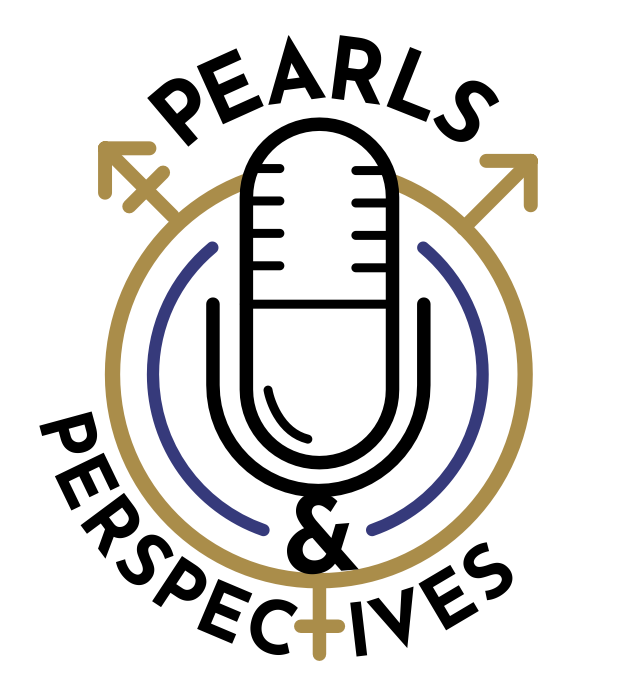Article
RCC 'disconnect': Both treatment, mortality rising
Author(s):
Ann Arbor, MI-Results of a study from the University of Michigan here provide further evidence that the incidence of kidney cancer and the rate of surgical treatment are both on the rise. However, those trends are primarily accounted for by the identification and management of small, presumably curable renal masses (?4 cm). Meanwhile, mortality rates in kidney cancer patients have also been increasing, driven by worsening outcomes of patients with the largest tumors (>7 cm).

"These data corroborate the previously described 'treatment disconnect' in kidney cancer, which is characterized by increased rates of mortality despite increased rates of treatment, and suggests a need to revisit how we are treating kidney cancer," said Brent K. Hollenbeck, MD, MS, assistant professor of urologic oncology at the University of Michigan.
"Perhaps the smaller tumors, or at least a proportion of them, are indolent neoplasms that do not warrant renal surgery. In this regard, we should also consider that while newer ablative therapies for these smaller masses may be interesting from the patient's perspective, they are not addressing the larger and, certainly, more lethal tumors that are the major contributor to kidney cancer-related mortality."
In a Urology Times interview, Dr. Hollenbeck noted that although a rise in the incidence of kidney cancer has been reported previously and a general perception exists that the change was being driven by an increase in the incidental diagnosis of small lesions secondary to increased use of cross-sectional imaging in patients being evaluated for unrelated complaints, it was unknown whether the rising incidence reflected increased detection of large or small tumors. Consequently, the University of Michigan researchers undertook a study analyzing kidney cancer incidence, treatment, and mortality outcomes with cases stratified by tumor size.
Data were extracted from the nine original registries of the National Cancer Institute's Surveillance, Epidemiology and End Results (SEER) program and encompassed 34,503 patients diagnosed with kidney cancer from 1983 to 2002. Information on tumor size was available for all patients. Tumors were categorized by size: <2 cm, 2 to 4 cm, >4 to 7 cm, and >7 cm.
Analysis found that the overall age-adjusted incidence rate of kidney cancer rose by 52% between 1983 and 2002, from 7.1 to 10.8 cases per 100,000 people. The increase could be accounted for mostly by tumors in the two smallest size categories.
"We also found that annual rates of surgery for each tumor category rose nearly in parallel with the changing annual incidence rates, and so the smaller tumors (≤4 cm) also contributed predominantly to the overall rise in rates of renal surgery for kidney cancer over time," Dr. Hollenbeck said.
Overall mortality also increased during this period, from 1.2 to 3.2 deaths per 100,000 people. In addition, the rate of cancer-specific mortality climbed from 1.5 to 6.5 deaths per 100,000. Mortality rates increased in all tumor size subgroups, but the greatest absolute changes were among patients with the largest tumors.
Treatment re-evaluation needed
Although Dr. Hollenbeck and his colleagues feel their study findings justify reassessment of current treatment paradigms that advocate timely removal of all solid renal masses after diagnosis, they do not feel these paradigms warrant immediate change. Certain limitations of the study also need to be considered in applying the results to clinical practice.

















